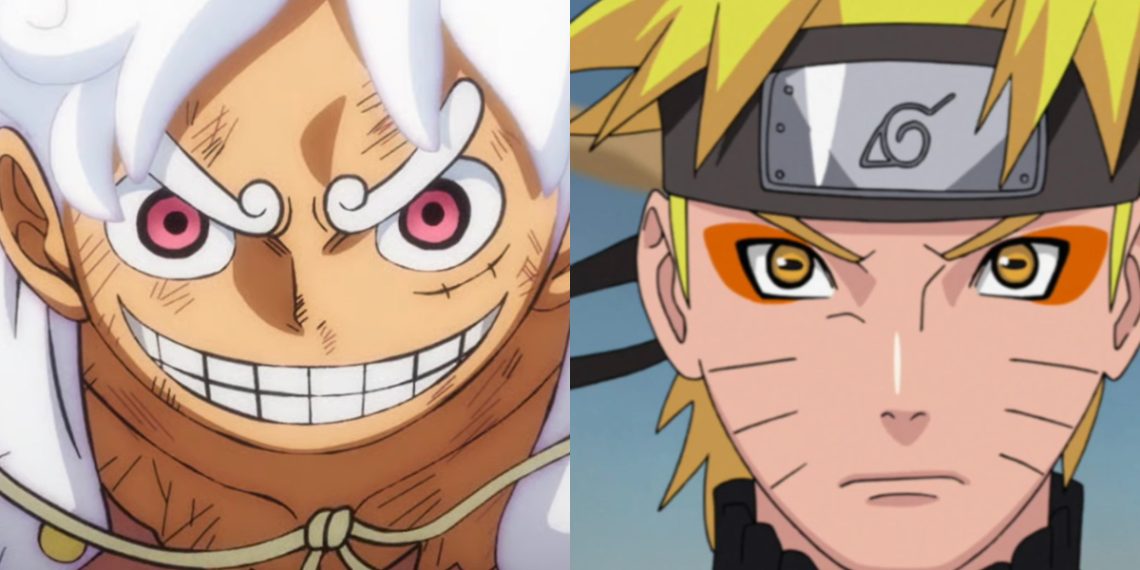A startling revelation has emerged from a Japanese anime industry animator, shedding light on the meager starting wage of a mere $1.47 per drawing.
The animator took to X (formerly Twitter) to share their invoice slip from work completed last year, disclosing a payment of just 220 yen per in-between drawing, equivalent to approximately US$1.47 per drawing. This stark disclosure highlights the financial challenges faced by many animators within the industry.
Despite Japan’s minimal inflation, the disclosed wage underscores the harsh reality for animators, especially those starting out in the field. The now-deleted post has sparked discussions regarding the need for fair compensation and better working conditions within the anime industry. Readers can view the invoice images below to gain insight into the situation firsthand.
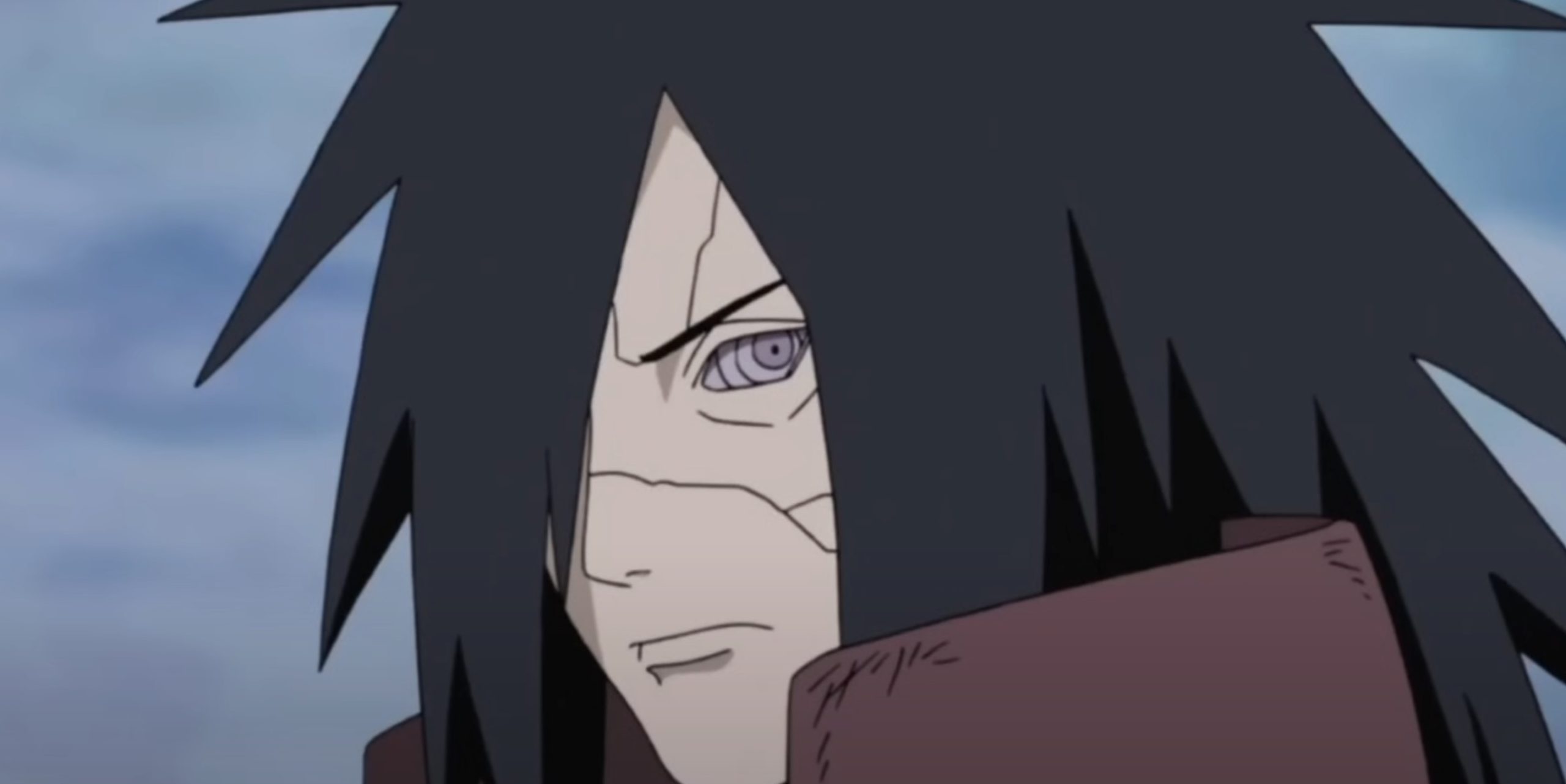
Following the initial revelation, the animator provided reassurance that conditions had improved, citing their current monthly earnings of approximately 150,000 to 200,000 yen (equivalent to US$1000 to US$1330). Notably, this income did not include a detention fee, which is a fixed amount paid to animators regardless of their drawing output.
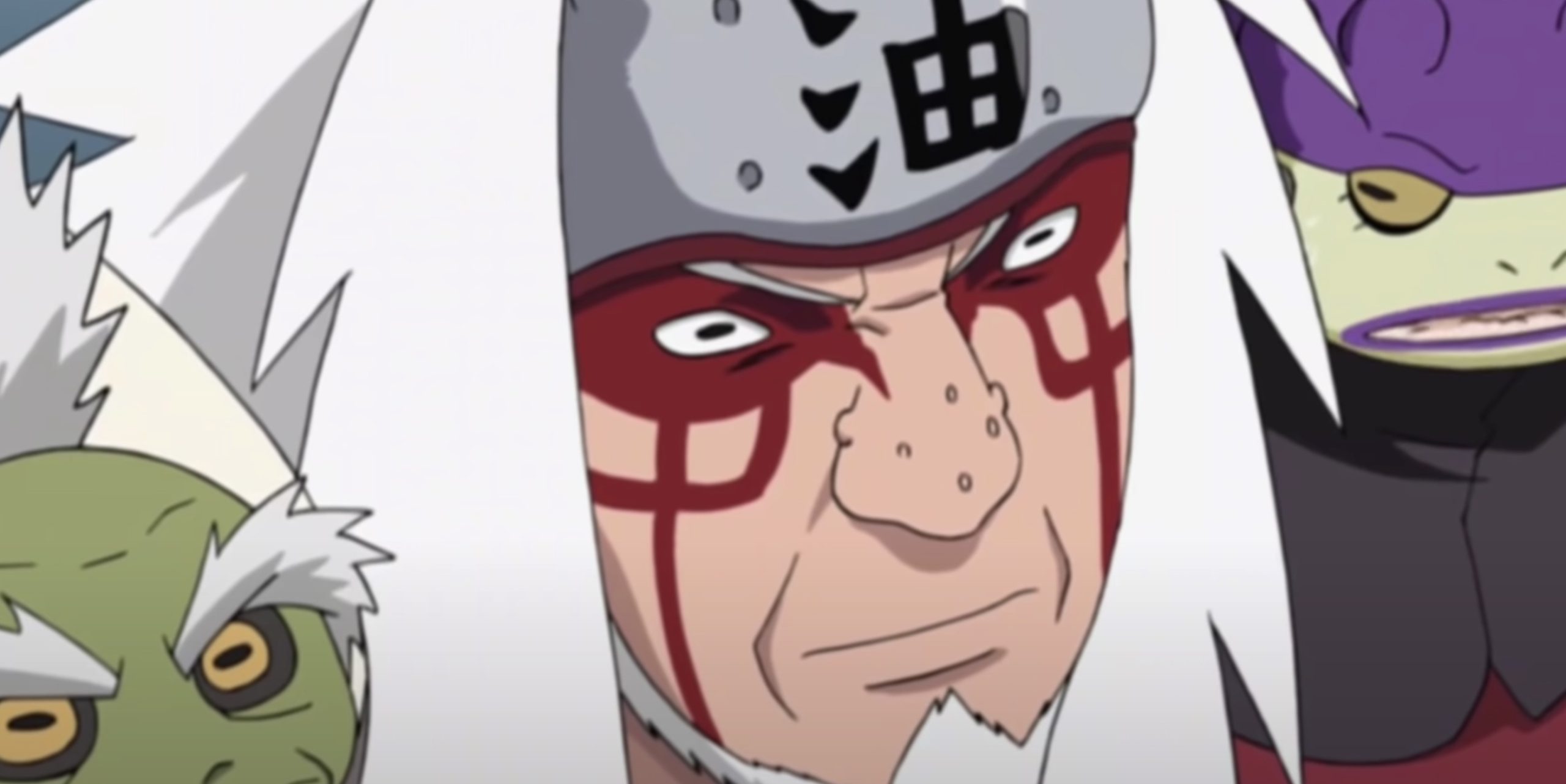
The disclosed monthly earnings of $1000 to $1330 align with the typical income range for many animators in the industry. According to a report by NAFCA, 40% of animators earn less than $16,000 annually, underscoring the prevalent financial challenges faced by professionals in the field.
Despite the improvement in earnings compared to the initial revelation, the ongoing discussion highlights the importance of fair compensation and better working conditions for animators within the Japanese anime industry.
The Perpetual Struggle of Animators in the Anime Industry
Veteran figures in the anime industry, including Nishii Terumi, chief animation director of Jujutsu Kaisen 0, as well as animation directors from Kingdom and Bleach, have shed light on the reasons behind the persistently low wages for animators.
They explained that laws concerning unit prices are distinct from minimum wages for permanent employees, allowing employers to exploit this discrepancy and pay wages that are barely livable. This issue disproportionately affects younger animators, who often bear the brunt of inadequate compensation.
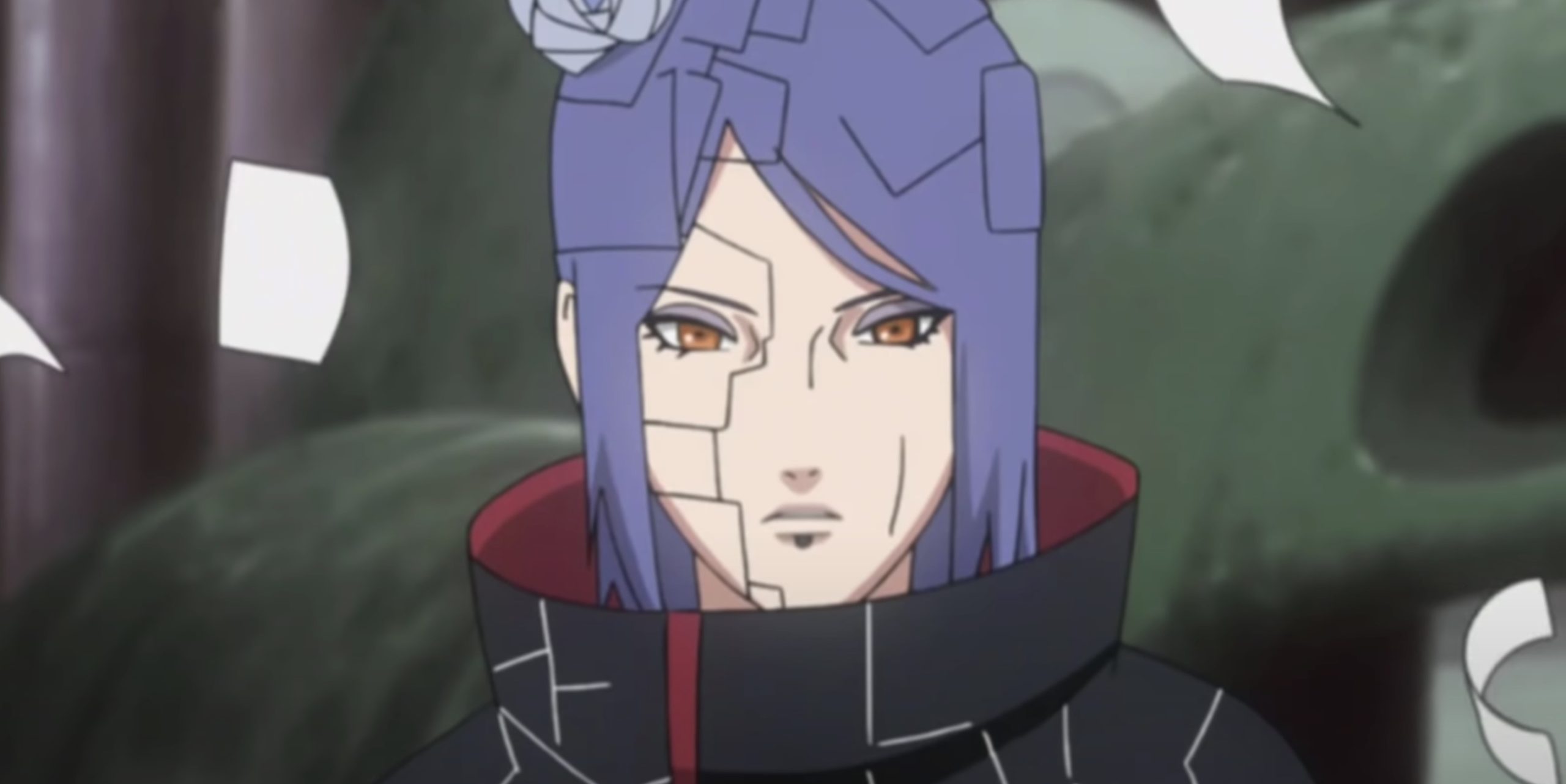
Adding to the complexity of the situation, a former key animator from Studio Ghibli suggested that the newer generations of animators lack the assertiveness and negotiation skills of their more seasoned counterparts, contributing to their vulnerability to low pay.
However, older animators have also faced criticism for perpetuating this cycle. An animation director recently remarked that “most middle-aged and elderly animators make their money by doing a large number of low-quality cuts.”
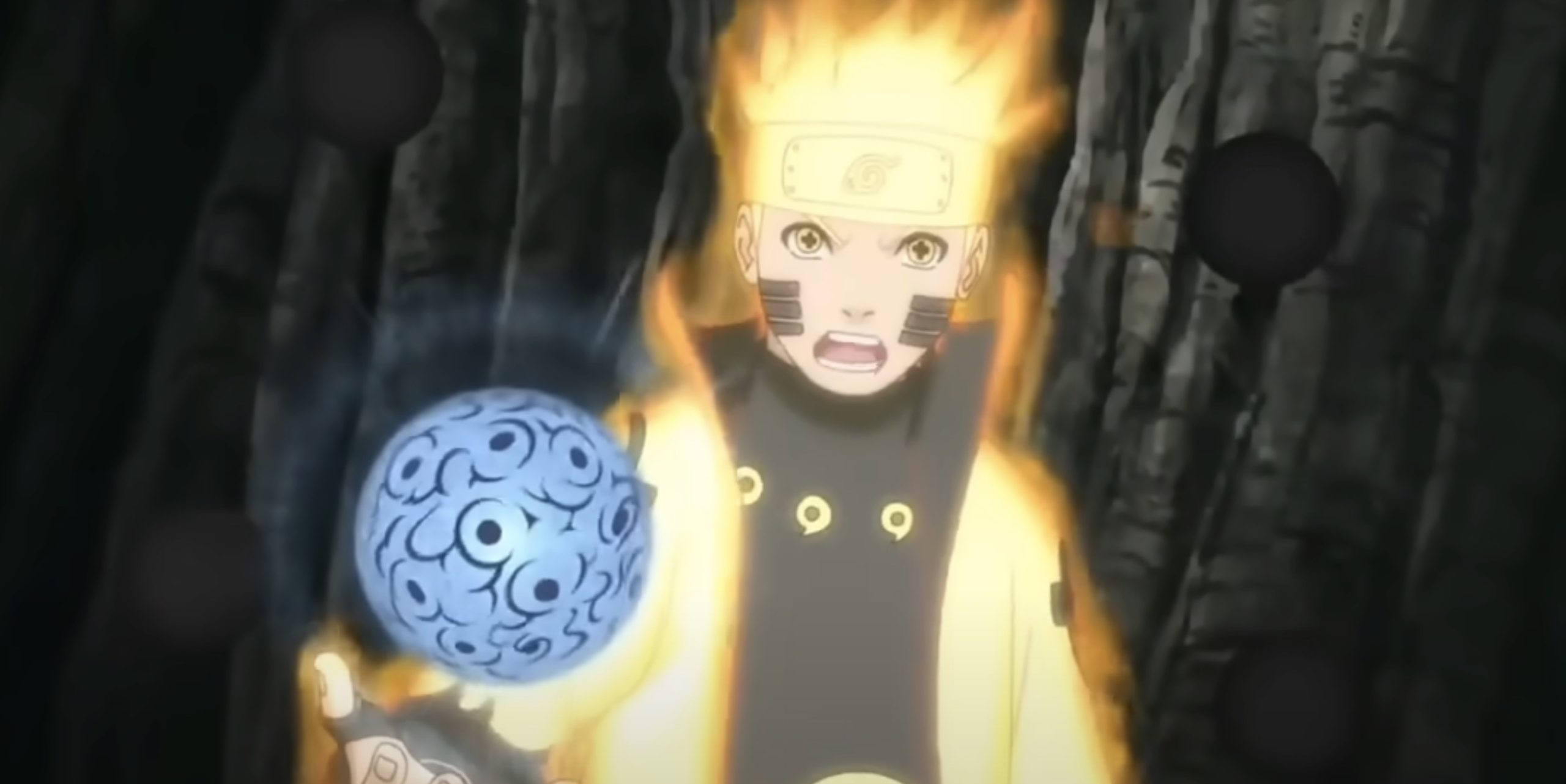
This observation was echoed by anime insider Otarou in a cryptic post, hinting at the precarious future of long-running anime series. Otarou stated, “The nationally popular anime that has been going on for decades is actually supported by older animators who are cheap and draw a lot, so if those people retire in the next ten years or so, there will be titles that will no longer be able to be broadcast due to budget and staff constraints.”
These insights underscore the systemic issues within the industry that perpetuate low wages and raise concerns about its sustainability in the future.


